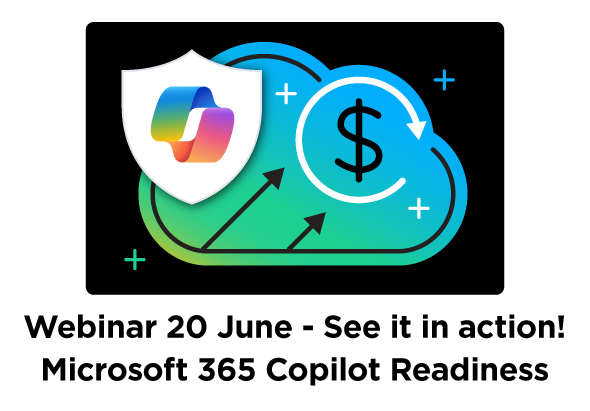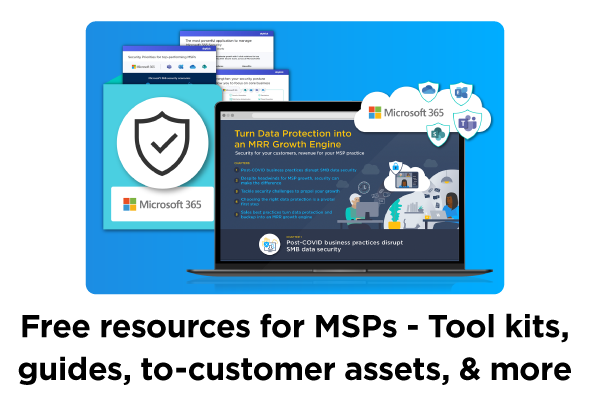We are seeing a lot of Partners have great success with Cloud Backup’s new Group Management capability. Group Management enables greater efficiency and synchronization by helping Partners manage multiple customers through automated onboarding and off-boarding with minimal effort.
When seeking to utilize Group Management there is a lot to consider. To help you, we have compiled a list of best practices for leveraging this feature:
Stay Consistent
As you continue to add customers to data protection, it is important to standardize as much as you can to drive efficiency internally for your team. To do this, it is important that you consider the most appropriate user management option for your customer, whether that be Explicit Enablement, Group Management, or Auto Enablement. To learn more about each option view below:
| Overview | Management | Use Case | |
Explicit Enablement | User protection is deliberately enabled/disabled in Cloud Backup. | Manual onboarding and offboarding in Cloud Backup. | Perfect for Flexibility |
Auto-Enablement | Cloud Backup automatically detects and protects newly discovered Microsoft 365 entities. | Automated onboarding with Cloud Backup | Perfect for Automation |
Groups Management | Automatic management of users and their intellectual property via Microsoft 365 groups. | Automated onboarding and offboarding in Cloud Backup based on the changes made with Microsoft 365 groups. | Perfect for Automation & Flexibility |
After consideration, consistency is key in scaling effectively across multiple customers. This is why to stay consistent; it is best not to mix and match Group Management and Explicit Enablement. Additionally, for those who are interested in using Group Management on an existing subscription, it is recommended that you first disable Explicit Enablement before enabling Groups Management.
Automate Intelligently
Automation is effective only when you are automating the right tasks. While Group Management places a focus on users, there is an additional opportunity to automate collaboration data. In this situation, it is best to use Auto-Enable. You can control this functionality within a backup subscription by turning Auto-Enable on for Collaboration Data like Microsoft Teams and turning it off for Users.
Maintain Control!
Always check group privileges and be mindful of groups that can also be edited by users and not just administrators. As an MSP providing data protection services, it is preferable to leverage groups that only you can administer and control. Therefore, it is wise to check if the group that is being used to protect can be edited by the customer, as they would be in control – risking data protection gaps.
Reduce Alert Fatique
Alerts are a double-edged sword. Research shows that the average security team receives more than 500 alerts per day, and while they help to keep you informed, they can also be noisy. That is why we have developed controls that help you reduce the noise by eliminating redundant alerts. With SkyKick Cloud Backup you can now choose to ‘opt-out’ of receiving onboarding notifications. This capability reduces alerts by around 40%. As many Partners move to take advantage of this, it is important to consider what meets the best needs of your organization.
To conclude, as your data protection business continues to grow, it is important to look for opportunities to standardize. And as with all best practices, it is important to involve the customer in their data protection journey. Remember, each customer is unique, and your relationship with them plays a substantial role in shaping your strategy. To learn more about maximizing the potential of Group Management, we invite you to watch our recent webinar.


